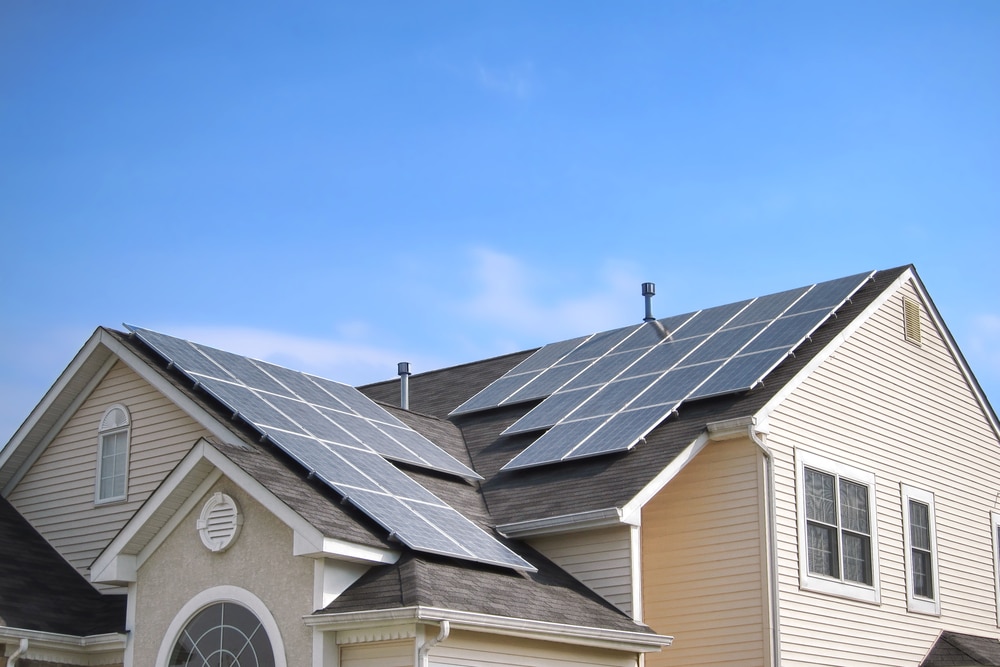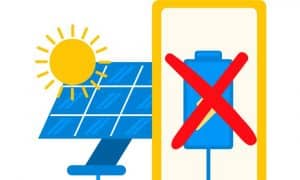On this page
With Australia’s abundant sunshine, solar power generation is a great way to save money on electricity bills and reduce carbon emissions. However, to make the most of your solar panel investment, it’s important to ensure they operate at their maximum potential.
What is the standard power output rating of home solar panels?
A solar cell installed usually has to produce power at a DC voltage rating between 400 and 500 Watts. The wattage of solar panels has steadily grown over the past decade. The first residential solar panels delivering 400 watt output were released only in March 2019 (SunPower released them, which were very costly); at the time, most homeowners installed solar panels at DC power levels between 250 W and 400 Watts.
Testing your solar panel output
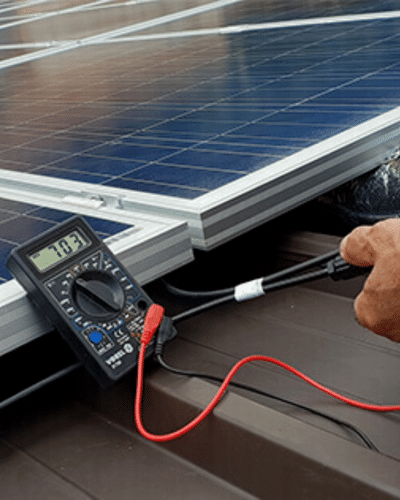
Use a multimeter
The simplest way to test your solar panel output is to use a multimeter. A multimeter is an electronic device that can measure the voltage, current, and resistance of an electrical circuit. To test your solar panel output, connect the multimeter to the solar panel output terminals and measure the voltage and current. This will give you an idea of the amount of electricity being generated by your solar panel system.
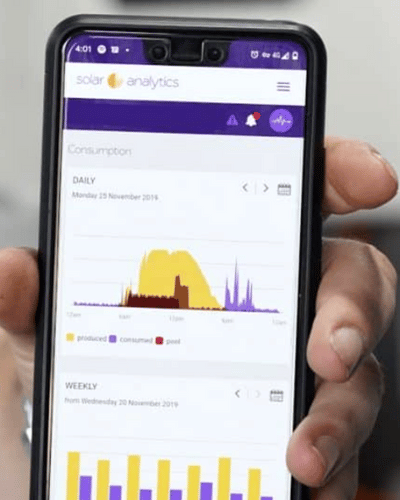
Use a solar panel monitor
A solar panel monitor is a device connected to your solar PV system to monitor the output in real time. These devices can provide information on the amount of electricity being generated, the amount of energy consumed, and the amount of surplus energy being fed back to the grid. Some solar panel monitors can also provide alerts if the production system is not operating at its full potential.
Conduct a shading analysis
Shading from nearby trees, buildings, or other obstructions can significantly reduce the output of your solar panel system. Conducting a shading analysis can help you identify any areas of your solar panel system that may be affected by shading. This can be done using software that can simulate the impact of shading on your solar panel system.Inspect your solar panels
Inspecting your solar panels regularly can help you identify any issues affecting the output. This can include broken or damaged panels, loose connections, or dirt and debris on the surface of the solar panels produced well. Any issues identified should be addressed promptly to ensure that your solar panel system is operating at its maximum potential.
Contact a professional
If you need help with testing your solar panel output or to identify any issues, it is best to contact a professional. A qualified electrician or solar panel installer in Brisbane can conduct a comprehensive analysis of your solar panel system to ensure that it is operating at its full potential.
Energy Matters has over 17 years of experience in the solar industry and has helped over 40,000 Australian households in their journey to energy independence. Let us discuss and choose the best quote that suits your needs and budget. We can connect you with our trusted local installers, who will provideup to 3 FREE solar quotes for your home and business solar energy system.
Calculating your solar panel output
Solar panels have become a popular renewable energy source in Australia due to the abundant sunshine. To determine the effectiveness of a solar panel system, it is essential to calculate the solar panel output and how much electricity is used.
Determine the rated output of your solar panel system
The first step in calculating how much power can your solar panel output is to determine the rated output of your solar panel system. This information can be found on the manufacturer’s label or installation manual. The rated output of solar power production is usually expressed in watts (W) or kilowatts (kW).
Determine the amount of sunlight in your location
The amount of sunlight your roof space or solar panel system receives will affect most power of the solar panel’s output amount. This can be determined by using a solar irradiance map or by using an online solar calculator that takes into account your location, roof orientation, and tilt angle. The solar irradiance is usually expressed in kilowatt-hours per square meter per day (kWh/m²/day).
Calculate the daily output
To calculate the daily output of electricity generated by your solar panel system, multiply the rated output of solar power by the solar irradiance. For example, if your solar panel system has a rated output of 5 kW and the solar irradiance in your location is 4.5 kWh/m²/day, the daily output DC electricity from solar production, would be 22.5 kWh (5 kW x 4.5 kWh/m²/day).

Adjust for system efficiency
Solar panel systems are not 100% efficient, meaning that some of the energy generated is lost due to shading, dirt, and heat. To see how much energy adjust for system efficiency, multiply the daily output by the solar system efficiency percentage. For example, if the system efficiency is 85%, the adjusted daily output would be 19.1 kWh (22.5 kWh x 0.85).
Calculate the annual output
To calculate the annual output of your solar panel system, multiply the daily output by 365 days. For example, if the adjusted daily output for one hour of solar PV is 19.1 kWh, the annual output would be 6,968.5 kWh (19.1 kWh x 365 days).
Compare your electricity usage
Compare the annual output with your electricity usage to determine how much as much energy out of your electricity needs can be met by your solar panel system. This can help you determine if you need to adjust the size of your solar panel system or make changes to your energy and electricity consumption and consumption habits.
Maximising your solar panel output
To see how to calculate and maximise your solar panel output and excess power from your solar panel output, there are a few key things you can do:
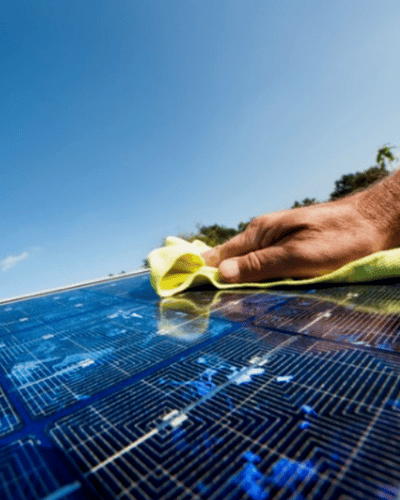
Clean your solar panels
It is essential to keep your solar panels clean and free from any dirt, debris, or bird droppings. Any obstruction on the surface of the solar panels can reduce the amount of sunlight that reaches them, reducing sun’s energy the output. Regular cleaning can increase the output of your panels and solar savings by up to 5%.
Check out our page to learn why, when and how you should do it to clean solar panels.
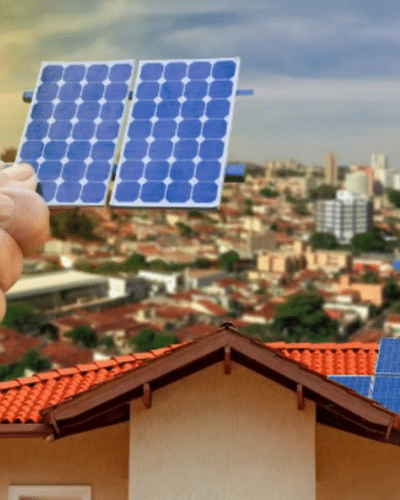
Choose the right solar panel system
Choosing the right one is essential to maximise your solar panel output. Factors such as solar panel efficiency, warranty, and price should be considered when choosing a solar panel system. It is important to research and choose a reputable supplier that offers high-quality products.
Visit our page on how to choose the best house solar panels.
Use energy-efficient appliances
Another way to maximise real benefit from your solar roof and panel energy output is to use energy-efficient appliances. The less electricity your household or business consumes, the more surplus energy your solar panels can produce. This can also result in a reduction in your electricity bill.
Monitor your solar panel system
Regularly monitoring your solar panel system can help you identify any issues affecting the solar array or solar output itself. This can include shading from nearby trees or buildings, faulty wiring, or a malfunctioning inverter. Identifying and fixing these issues can maximise the output of your solar panels.
Orientation and tilt
The orientation and tilt of your roof and solar panels play a crucial role in determining which solar panels produce the maximum output amount of sunlight. Solar panels should be facing north and tilted at an angle that is equal to the latitude of your location. This ensures that the solar panels receive maximum sunlight throughout the day.
Check out our page to learn which direction solar panels should face in Australia.
Battery storage
Battery storage can store surplus energy generated by your solar panels. This excess energy can be used when the sun is not shining, such as at night or on cloudy days. Battery storage can help you maximise the efficiency of the energy you generate and reduce your reliance on the grid.
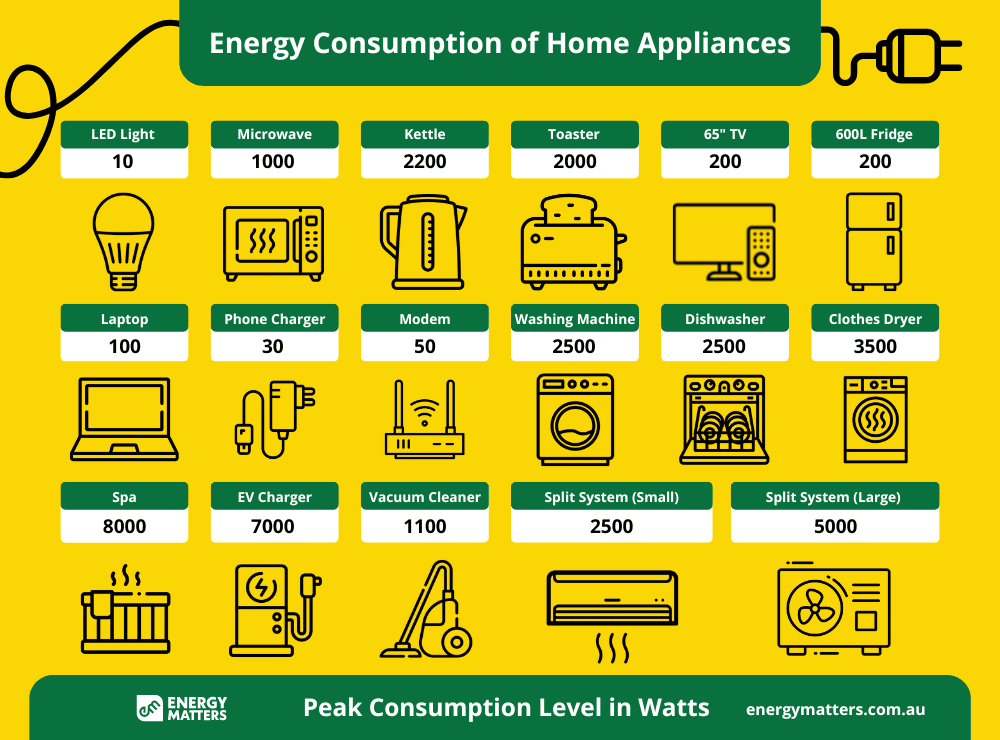
Testing, calculating, and maximising your solar panel output is important to get the most out of your solar panel investment. By following these steps, you can ensure that your solar panel system is operating at its maximum potential, saving you money on electricity bills and reducing your carbon footprint.
Measuring solar cell efficiency ratings
Several key parameters should be considered to measure solar panel power output and assess solar cell efficiency in Australia. These include the power rating, the maximum power output under ideal conditions, and the per-cell temperature and coefficient, indicating how much power and efficiency decrease with rising temperatures. The solar panel output ratio is also crucial, considering factors like temperature, shading, and dust to evaluate the panel’s actual energy output. Data logging equipment and monitoring systems are necessary for accurate measurement, enabling the identification of anomalies and maintenance needs. Regular cleaning, careful placement, and periodic inspections help maintain optimal performance. By considering these factors, individuals and organisations can maximise the benefits of solar energy in Australia and contribute to a greener future.
Measuring the power and energy output of a solar panel
By monitoring the power and energy generated by solar panels, individuals can optimise their solar systems, track performance, and ensure efficient energy utilisation. Several key steps need to be taken to measure solar panel output effectively.
First, install a solar inverter with built-in monitoring capabilities or consider a separate monitoring system. Next, track the real-time power production through the inverter or monitoring device, ensuring it aligns with the solar panel’s rated capacity.
Additionally, monitor the energy output by checking the cumulative energy production over time, usually displayed in kilowatt-hours (kWh). Utilise software applications or online platforms provided by solar equipment manufacturers or third-party providers to access detailed insights and historical data. Finally, compare the measured output to the expected performance, considering factors such as panel orientation, shading, and weather conditions to evaluate the efficiency and effectiveness of the solar panel system. By following these steps, individuals can reliably assess the performance of their solar panels and make informed decisions to optimise energy production and consumption.
Switching to a better plan?
You may already have an energy plan but want more power or to shop for a better deal. If you’re looking to save money on your next electricity bill, hot water and gas bills, Energy Matters can help using our “Energy Health Check”!
Energy Matters’ “Energy Health Check” is a cutting-edge energy comparator tool that allows you to compare the most competitive retail offers in your area. We collect the data from our wide range of trusted retailers, allowing you to decide about changing your plan.
If your goal is to get usable energy, get more electricity and minimise the cost of your gas and electricity bills, switch to a better plan now!









